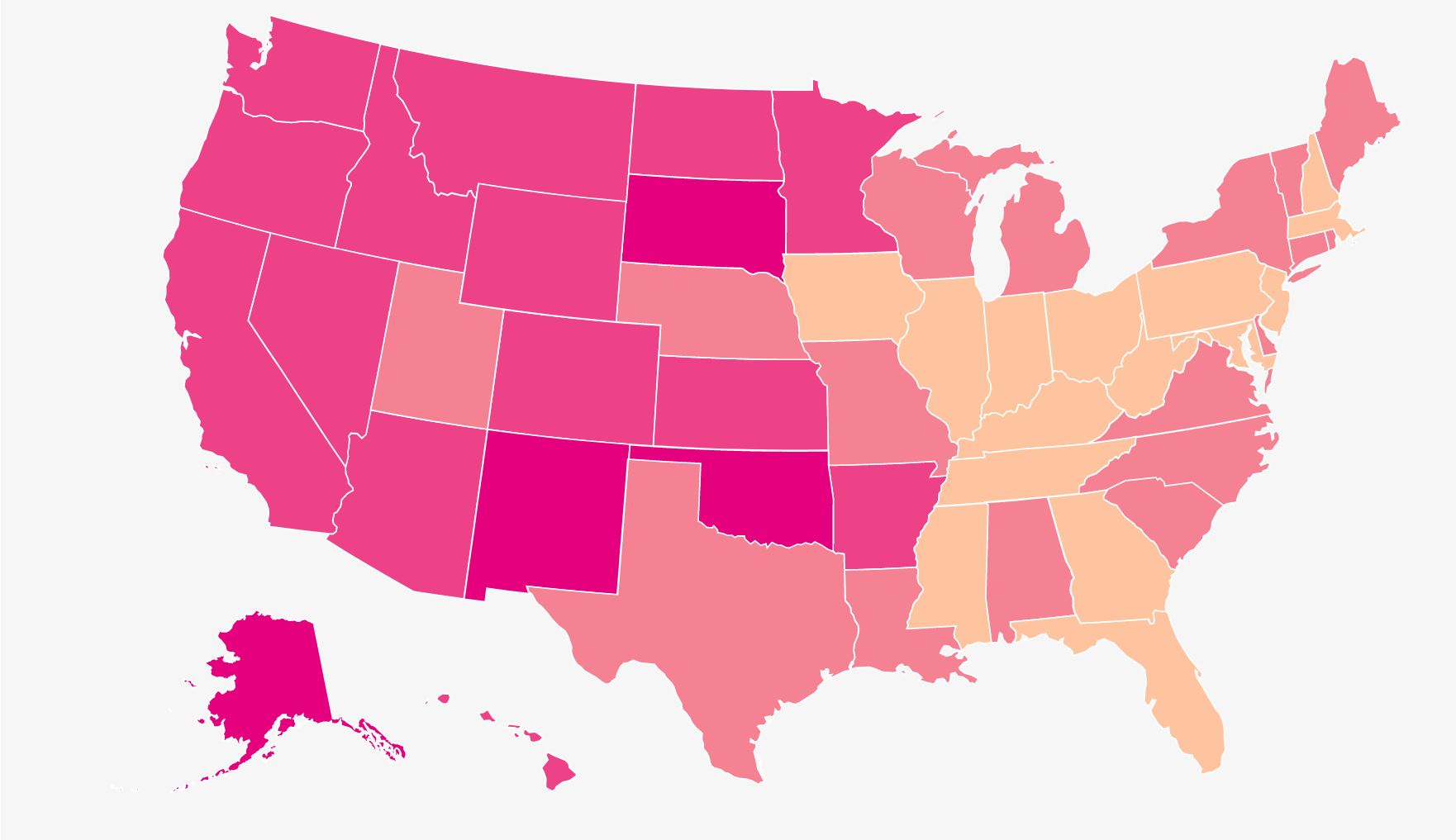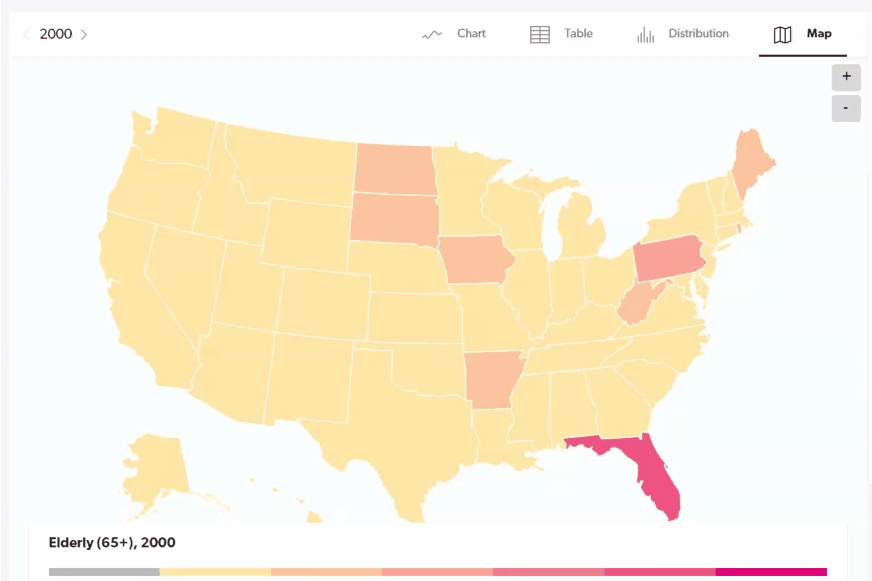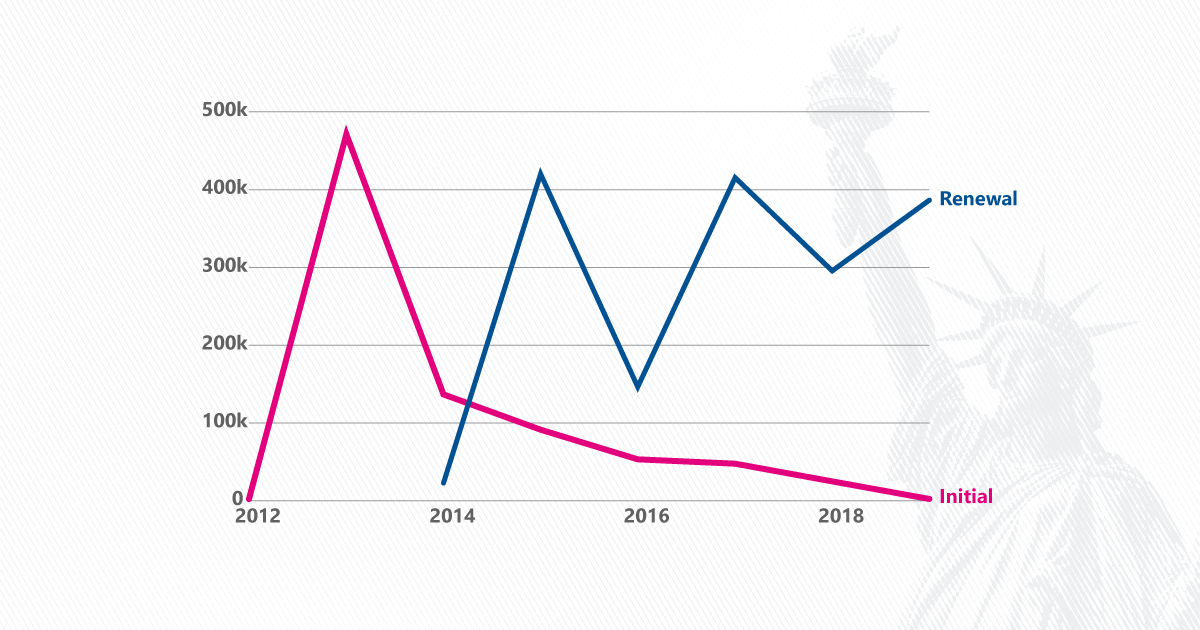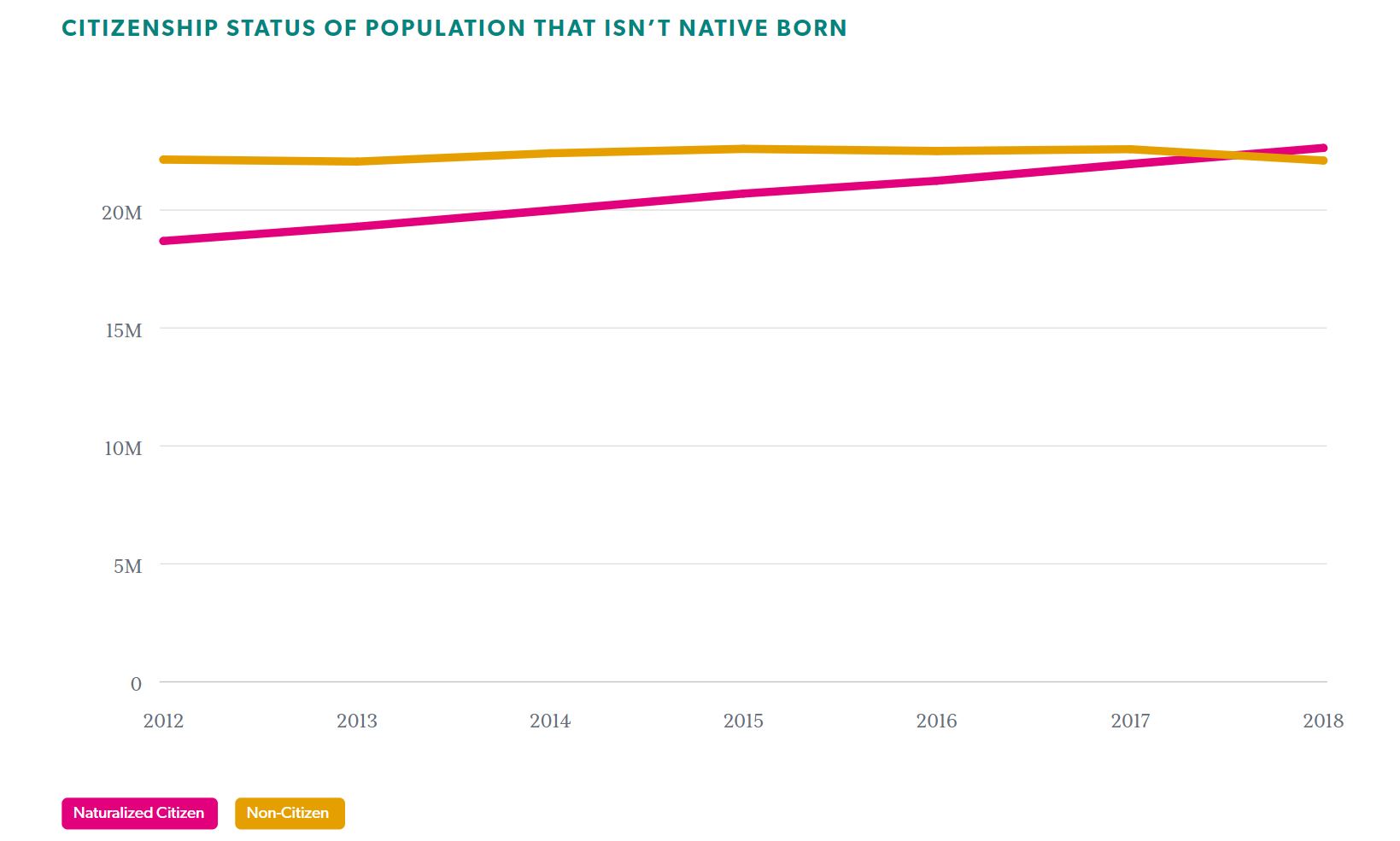Population and society
Native Americans and the US Census: How the count has changed

On July 26, 1990, President George H.W. Bush signed the Americans With Disabilities Act (ADA) into law, which extended civil rights protections to people with disabilities and looked to prevent discrimination against the disabled in the workplace and in public spaces.
Thirty years later, the most recent census data shows that there were just over 40 million Americans with a disability in the US, or 13% of the population, not including those who are in institutions like prison, or long-term care facilities.
The ADA defines someone as having a disability if they:
The 2018 ACS provides context about who the ADA protects. Additional data from the Bureau of Labor Statistics shows the role of Americans with disabilities in the workforce.
The ADA doesn’t specifically name every impairment it covers. But Census data groups impairments into categories, providing a way to understand who is living with disabilities..
In 2018, the most common disability was related to mobility, which affected 21 million Americans, or 7% of the population. Twelve million Americans — or 4% of the population — experienced hearing difficulties. Nine million Americans — 2% of the population — experienced vision impairments. Eight million Americans — 3% of the population – have difficulty with self-care. Twice that number struggle with living independently.
Fifteen million Americans — 5% of the population — live with cognitive or mental impairments.
The share of Americans experiencing a disability rises with age.
In 2018, 6% of Americans between the ages of 18 and 34 had a physical or mental impairment. Nearly half of all Americans aged 75 and above — 48% of all those surveyed — lived from a disability.
Disabilities vary by race and ethnicity.
In 2018, 14% of white, non-Hispanic people, 14% of Black people, and 9% of Hispanic people experienced some kind of physical or mental disability.
Among racial groups, American Indians and Alaska Natives had the highest rate of disability, with 17% of the population affected by a disability.
In 2019, an estimated 15.2 million people between the ages of 16 and 64 had a disability, according to the most recent BLS data. Of that group, 5.1 million or 33.6% were in the labor force, meaning they had or were seeking a job. The group’s unemployment rate in 2019 was 8%, down from 16.2% in 2011.
In 2019, the labor force participation rate for those in the age group without disabilities was 77.3% with a 3.6% unemployment rate.
There’s a gap in earnings too, according to Census data. In 2018, Americans aged 16 and over who worked with a disability had median earnings of $23,848 (in 2018 inflation-adjusted dollars). This is far less than working Americans without a disability, whose median earnings in 2018 were $36,034.
The ACS estimates that in 2018, 12% of all Americans 25 and older had not completed high school. Compared to Americans without disabilities, those with a disability are far more likely to have not earned a high school diploma: 20% of Americans with a disability haven’t completed high school compared with 10% of those without a disability.
Americans with and without disabilities have similar rates of graduating from high school (34% and 25% respectively) and completing some college or associate’s degree training (28% and 29%).
However, the gap again widens when comparing Americans with a bachelor’s degree or higher. Thirty-six percent of Americans without a disability held a bachelor’s degree or higher in 2018. For Americans with a physical or mental impairment, the number is half that: 18% of Americans with a disability have earned a bachelor’s degree or post-college degree.
Understanding the demographics of disabilities can help inform businesses, employers, and communities how to adapt to support a group that includes one in eight Americans.
Learn more from USAFacts and get the data directly in your inbox by signing up for our newsletter.
Population and society
Population and society
Population and society
Population and society
Newsletter
Keep up with the latest data and most popular content.


